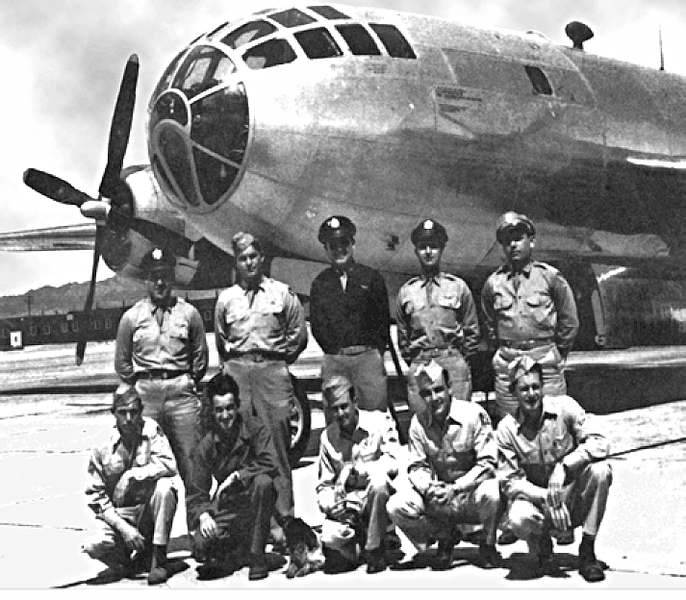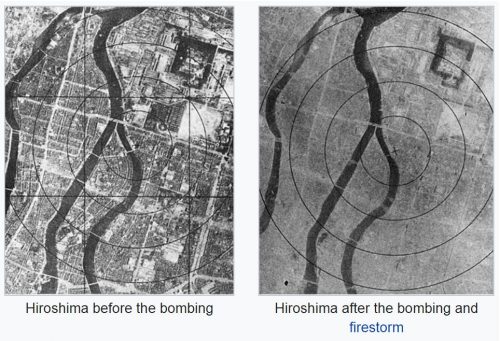(or at least “less”)
…to rare earths
There has been much concern, and rightly so, about the increasing dependence of the U.S. and other economies on the elements known as rare earths, for which the primary current supplier is China. These concerns have been further increased by the rather high-handed manner in which the Chinese government has conducted itself in this matter. As a result, stocks of companies with access to rare-earth mineral deposits outside of China have been doing pretty well.
A couple of weeks ago, General Electric posted about their efforts to reduce the need for rhenium in jet engines. Although it is not technically a rare earth, rhenium is indeed rare–world production about 50 tons per year–and expensive. GE’s rhenium-reduction project has three elements: recycling metal grindings from the manufacturing process, developing alloys that require less or no rhenium, and reclaiming rhenium from used engine parts.
When reading the GE post, it struck me that just about every company that is highly dependent on rare earths probably has similar projects underway. Comes now Toyota, with an announcement that it’s making good progress in developing an electric motor (for hybrids) which has no need of neodymium, a mainly-Chinese-source element that is a key component in today’s hybrid motors. (Toyota’s new motor is based on the induction-motor principle–scarcely a new technology, but one that has required considerable reengineering to meet the weight and efficiency needs of the hybrid application.)

